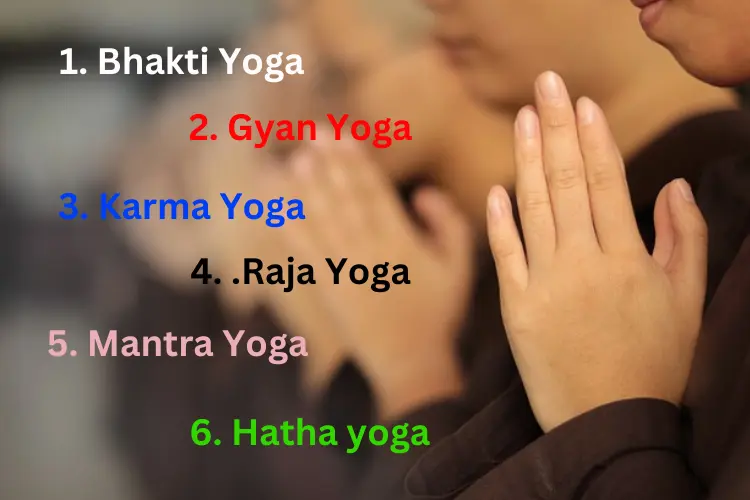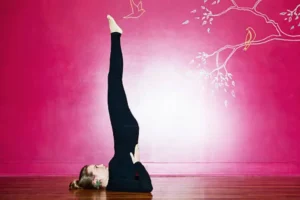There are several accepted paths of yoga, of which six have gained prominence in the Hindu culture of India.
2. Gyan Yoga
3. Karma Yoga
4. Raja Yoga
5. Mantra Yoga
6. Hatha yoga
Bhakti Yoga:
Bhakti yoga is the yoga of devotion. It emphasizes the opening of the heart to divine love, the union of yoga and the divine. This devotional love is often translated into song or chanting, with ecstatic repetition of the names of the beloved, in gatherings called kirtans. Krishna Das, a traditional yoga professional, is currently one of the most prominent kirtan musicians in the United States.
Gyan Yoga:
Gyan Yoga is the yoga of knowledge. Gyan means “knowledge.” This is the path to self-realization through the practice of discerning the real from the unreal or illusion. it’s an exercise discriminating between the products of nature and the transcendent self until the true self is
I realized this at the moment of liberation. This is a completely monistic (Advaita Vedanta) path.
The seeker needs to separate the real from the unreal, self from non-self. Since then,
The mind is considered a part of untruth, one must use the mind to overcome the mind. Principle
the techniques of this path are meditation and contemplation.
Karma Yoga:
Karma Yoga is the yoga of selfless action. Karma means “action.” Karmayogi does all the work as an offering to God, without thinking about personal gain. By serving others one serves selflessly
To serve God. Mother Teresa and Mahatma Gandhi are examples of Karma Yoga practitioners.
Raja Yoga:
Raja yoga is “royal” yoga. Raj means “king”, and Raj Yoga seeks to reveal the king within each of us who usually remains hidden and hidden from our everyday activities functioning of the mind. Raja Yoga is a classical yoga path often associated with Ashtanga Patanjali’s eightfold path. The sutras serve as an instruction manual for the Rajayogi—your experience of reality.
Mantra yoga
Mantra yoga is the yoga of sound. The word mantra originates from the root’s ‘mind’, and ‘think’, and so, a mantra is a thought or intention expressed in the form of sound. A mantra is a sacred utterance or sound that has psycho-spiritual power. yogis use mantras They achieve deep meditation and invoke specific consciousness states. They believe a mantra for a particular aspect of God will awaken that aspect—consciousness of self. For example, people use the mantra of Vighnaharta Ganesha for help. Awaken that part of our personality that can overcome the obstacles in our life. To, all the universally accepted and important mantras is the Om sound.
Hatha yoga :
In the previous sections, we define Hatha yoga as power yoga. there are a lot of schools These are forms of Hatha Yoga. Each has its roots in one of the major mentioned traditions. (Classical, Advaita Vedanta, or Tantra). Several styles of hatha yoga have become popular in the West From healing therapies to vigorous athletic flows. Some schools work with detailed physical alignment while others focus only on the inner experience. You can practice yoga in air conditioning comfortably or in A temperature of more than 100 degrees. There is no shortage of variety and you will find a style that agrees with you.








